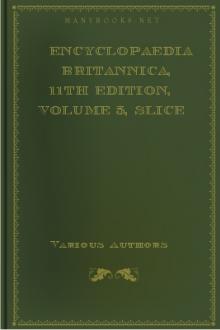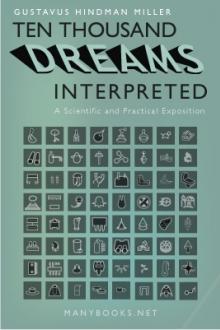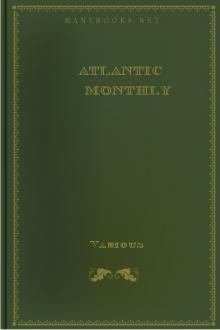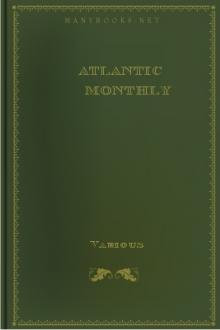Encyclopaedia Britannica, 11th Edition, Volume 5, Slice 6
Encyclopaedia Britannica, 11th Edition, Volume 5, Slice 6
Celtes, Konrad to Ceramics
Book Excerpt
would serve a similar end. Among those who experimented in this direction was Joseph Aspdin, of Leeds, who added clay to finely ground limestone, calcined the mixture, and ground the product, which he called Portland cement. The only connexion between Portland cement and the place Portland is that the cement when set somewhat resembles Portland stone in colour. True, it is possible to manufacture Portland cement from Portland stone (after adding a suitable quantity of clay), but this is merely because Portland stone is substantially carbonate of lime; any other limestone would serve equally well. Although Portland cement is later in date than either Roman cement or hydraulic lime, yet on account of its greater industrial importance, and of the fact that, being an artificial product, it is of approximately uniform composition and properties, it may conveniently be treated of first. The greater part of the Portland cement made in England is manufactured on the Thames and Medway. The materials are chalk and Medw
Editor's choice
(view all)Popular books in Reference, Non-fiction
Readers reviews
0.0
LoginSign up
Be the first to review this book
Popular questions
(view all)Books added this week
(view all)
No books found

 Free Download
Free Download

































